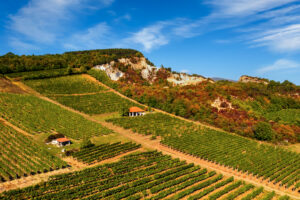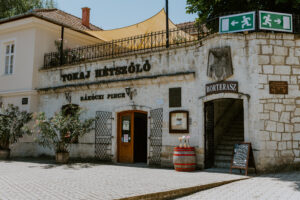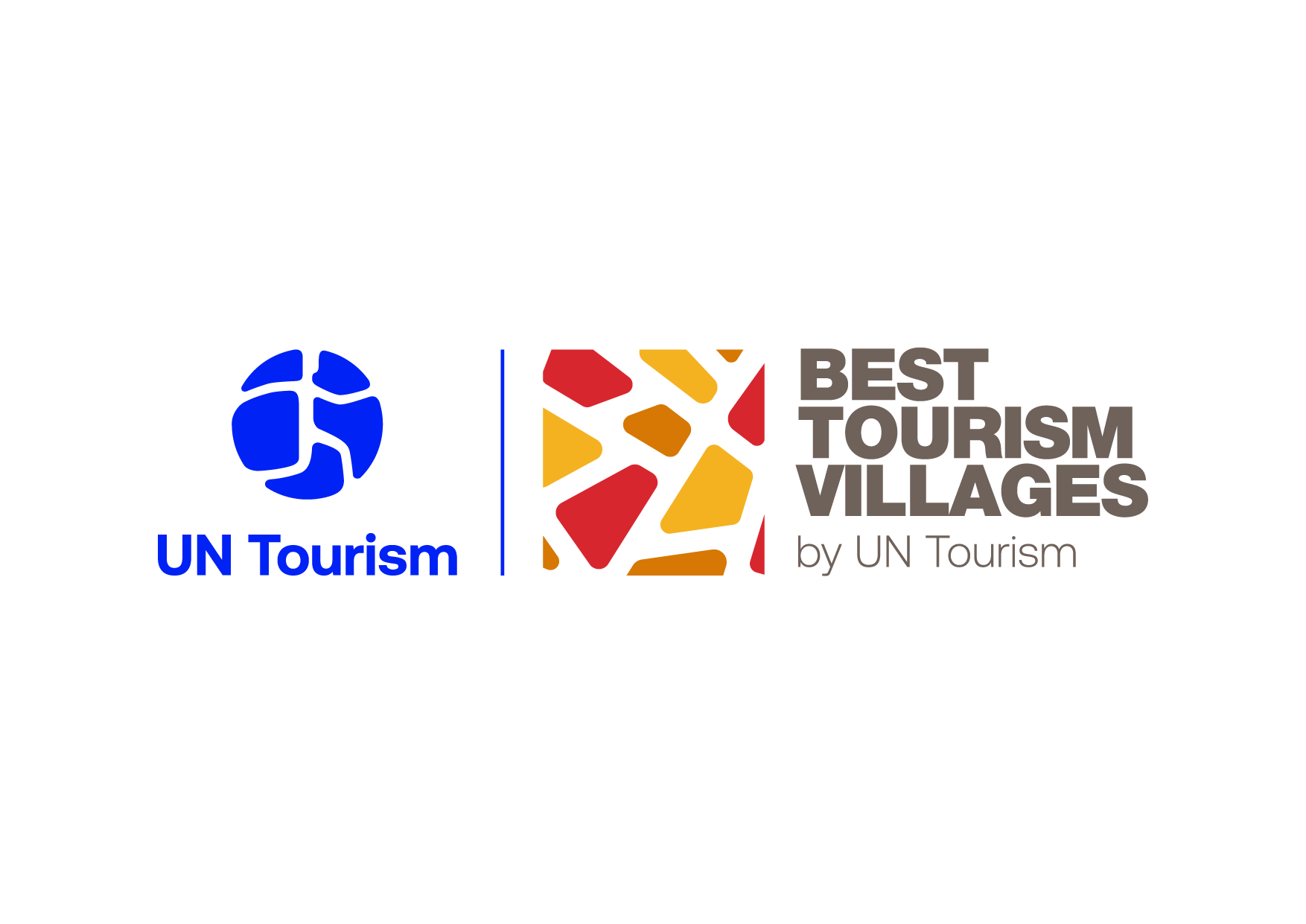Nestled in the northeastern reaches of Hungary, the historic town of Tokaj beckons with its rich cultural heritage and the golden allure of Tokaj wine. Framed by the Zemplén Mountain and cradled at the confluence of the Bodrog and Tisza rivers, Tokaj holds a unique place in the viticultural landscape. This UNESCO World Heritage site, designated in 2002, is not merely a town but a living testament to the common cultural heritage of humanity, celebrated through its ancient winemaking traditions.
As visitors traverse the Tokaj-Hegyalja wine-producing district, they encounter a mosaic of villages, each with its own wineries, contributing to Hungary’s most important wine region. Beyond wine, Tokaj unfolds as a multifaceted destination, where historic cellars, museums, and scenic viewpoints beckon explorers. This summary delves into the charms of Tokaj, revealing its cultural gems, architectural treasures, and commitment to sustainable tourism.
The municipality envisions transforming its locale into a globally recognized wine region, a thriving community, and a sustainable destination by 2030. The commitment extends across diverse fronts, from promoting wine and gastronomic traditions to fostering cultural, religious, and architectural experiences.
Tokaj’s World Heritage Wine Museum, housed in a historic building, encapsulates the essence of Tokaj’s winemaking legacy, offering an immersive experience of European wine regions.
As Tokaj raises a toast to its 950th year, its multi-faceted approach ensures a harmonious blend of tradition, progress, and responsible stewardship, positioning it as a model for sustainable and culturally rich destinations.
HIGHLIGHTS
-

Cultural Tapestry and Historic Cellars
Tokaj’s allure lies not just in its wine but in its rich cultural tapestry. The Tokaji Museum and World Heritage Wine Museum unveil the history and culture of the wine region, housed in historic buildings that resonate with the echoes of centuries past.
Rakoczi Pince es Udvarhaz, a transformed historic wine cellar, invites guests to relish in Tokaj’s spirit while Erdős Pince’s Borkatakomba offers an underground wine-tasting experience carved into volcanic rock.
-

Preserving Legacy and Commitment to Cultural Heritage
In Tokaj the commitment to preserving its rich cultural and built heritage stands as a guiding principle. As an integral part of the World Heritage core area, Tokaj recognizes the paramount importance of safeguarding its cultural treasures and architectural legacy.
In alignment with the meticulous directives outlined in the World Heritage Management Plan and the Tokaj Wine Region Development Concept, the village meticulously steers every development toward a harmonious blend of progress and heritage conservation.
The village ensures that each architectural alteration and urban development concept adheres to a carefully crafted vision. This vision not only prioritizes the preservation of Tokaj’s unique cultural identity but also embraces the principles of environmental sustainability and cultural continuity.
A standout initiative in this endeavor is the Tokaj-Hegyalja for Children brochure, that serves as a bridge between generations, imparting the traditions and stories of Tokaj to the younger populace. By doing so, Tokaj not only safeguards its heritage but actively involves the youth in the journey of cultural preservation, fostering a sense of pride and responsibility among the next generation.
-

Cultural Renaissance: Transforming Tokaj into a Dynamic Hub
Tokaj’s center and the vibrant Festival Katlan have undergone a metamorphosis, emerging as lively hubs for both locals and visitors alike converginge to celebrate the arts in all their forms. This cultural renaissance extends to the Tokaj Writers’ Camp, a literary extravaganza held annually, making it the largest writers’ camp in East-Central Europe.
These developments not only infuse energy into the Village but also celebrate its artistic and intellectual dimensions, fostering a dynamic atmosphere that transcends borders creating a dynamic ambiance that radiates beyond the village’s confines.

